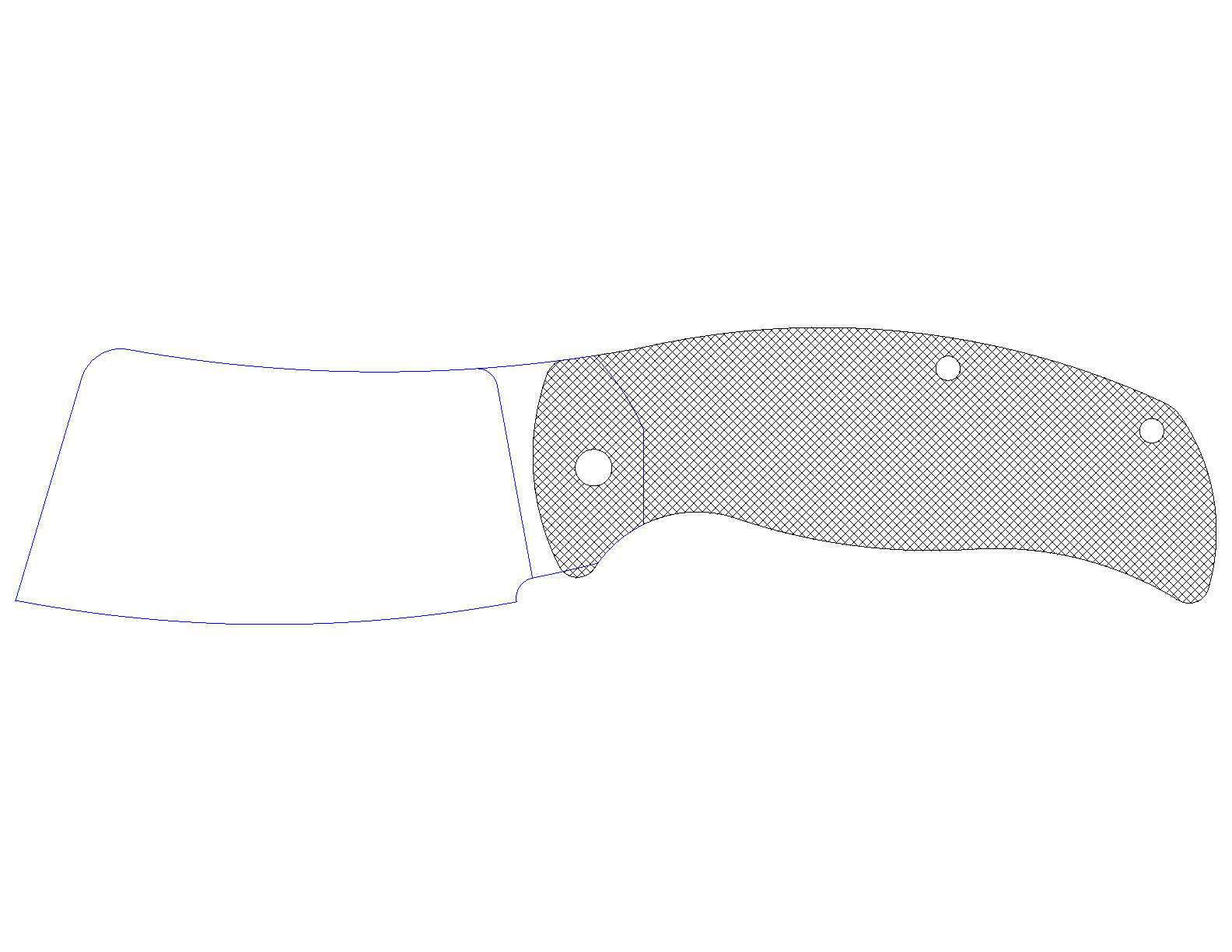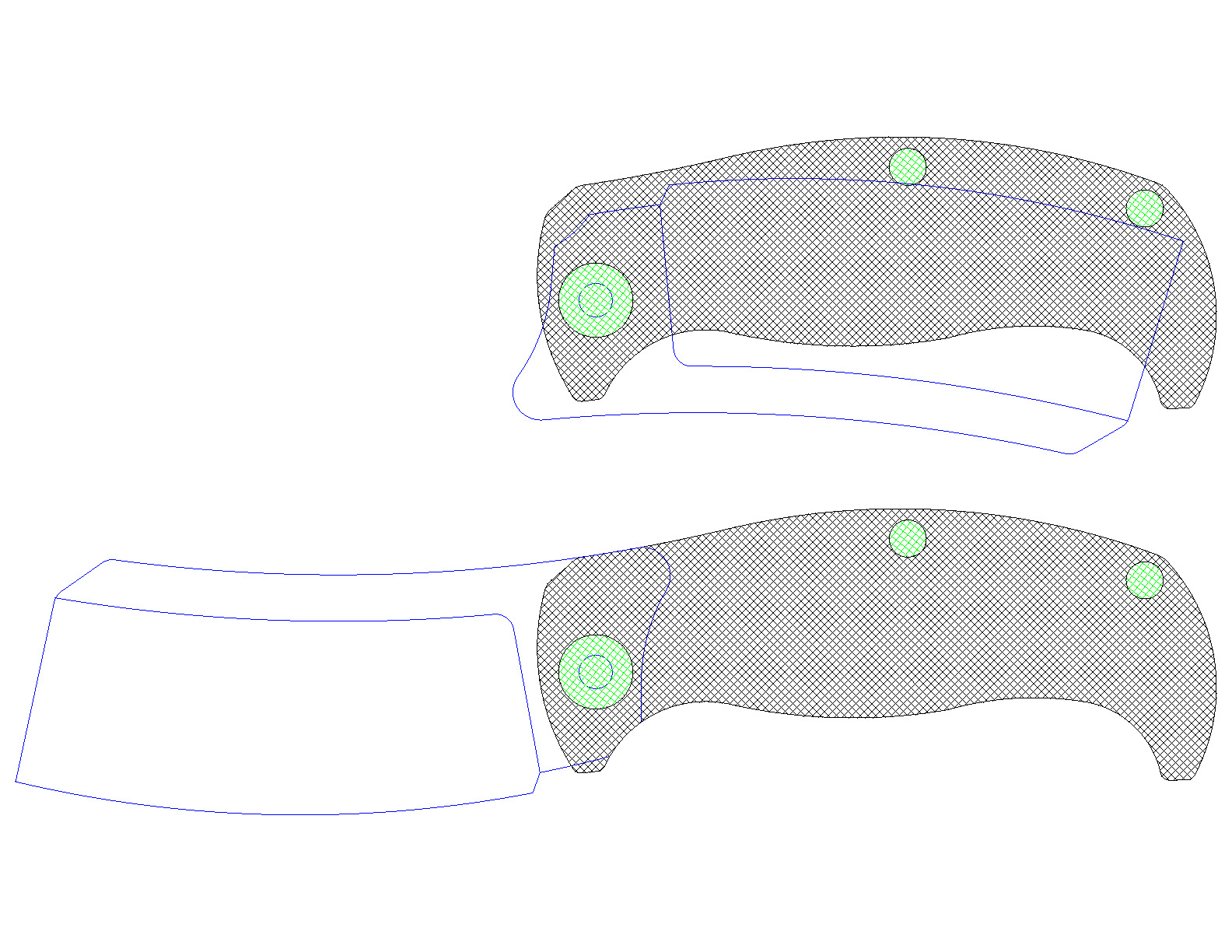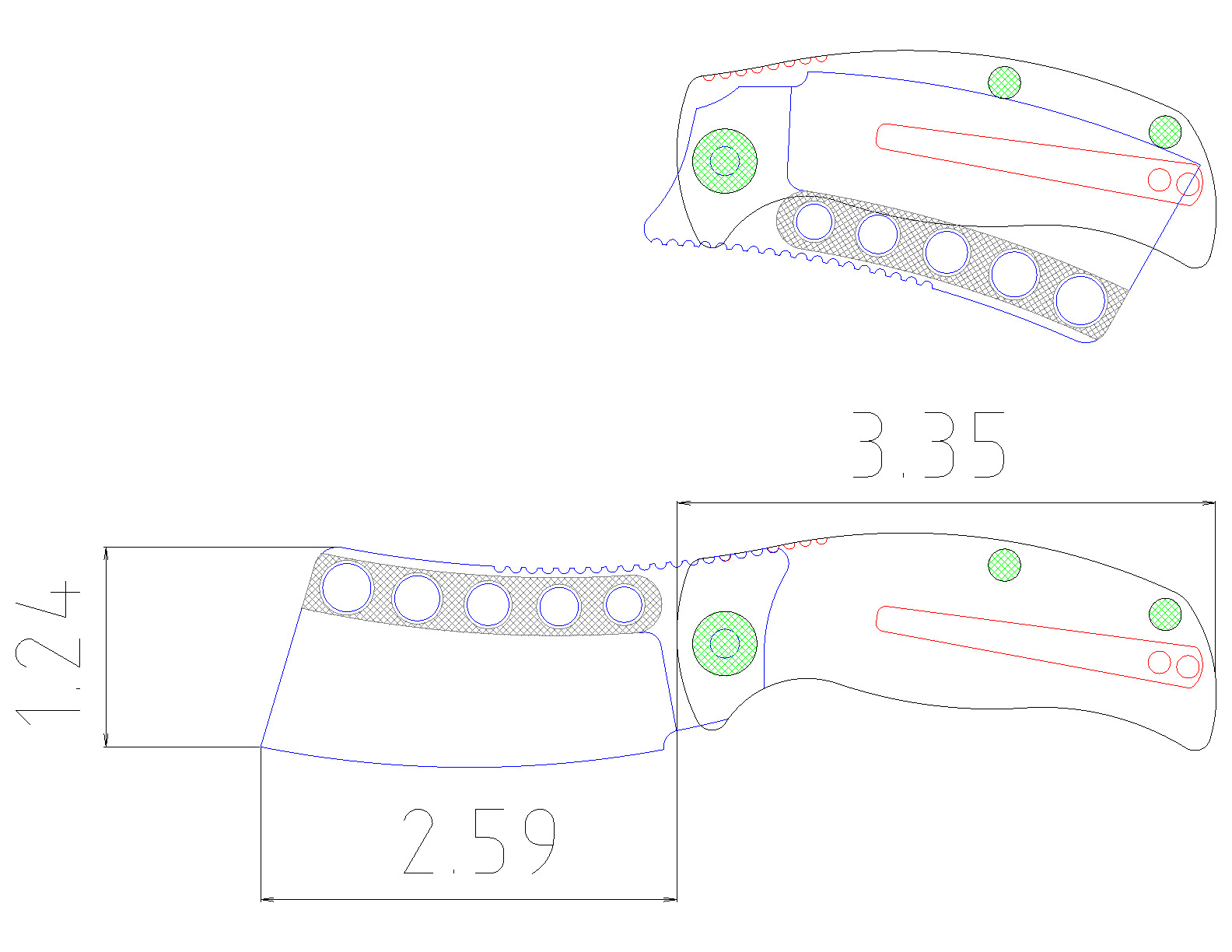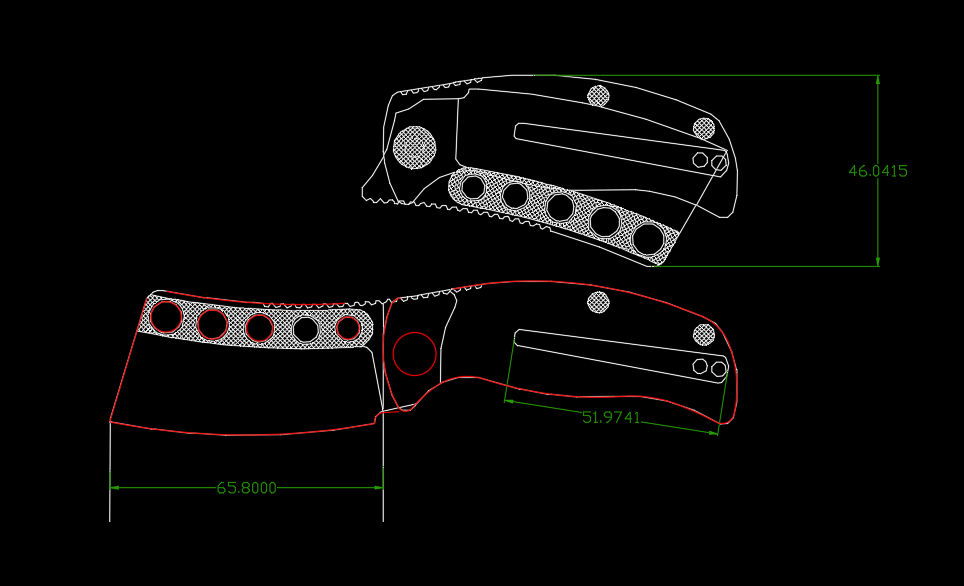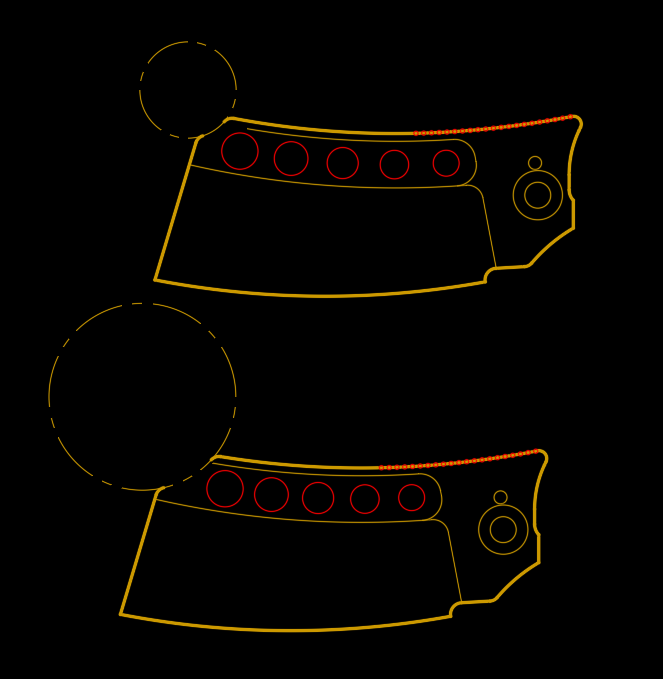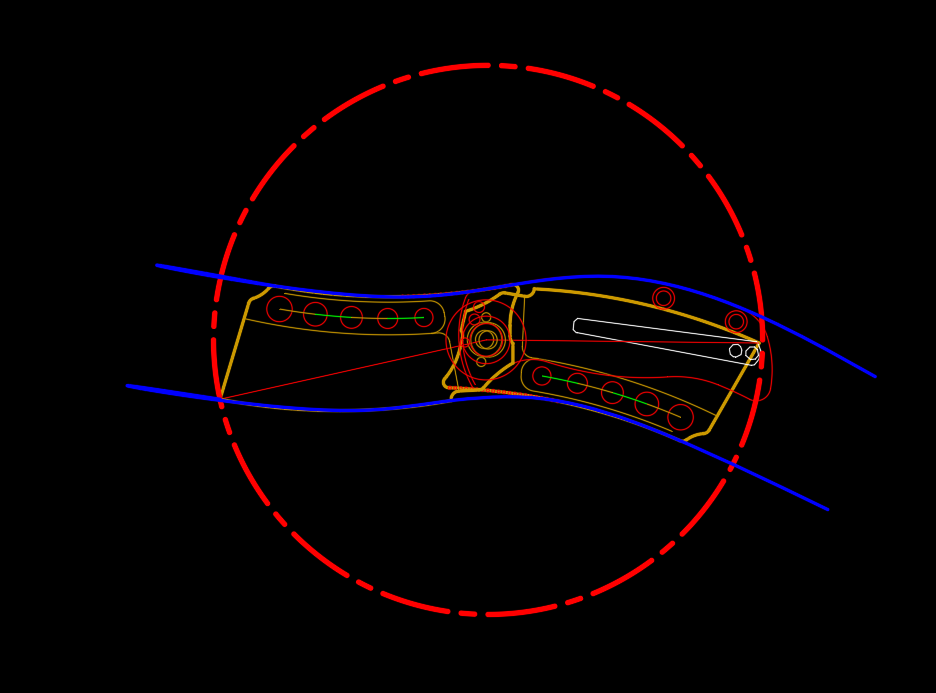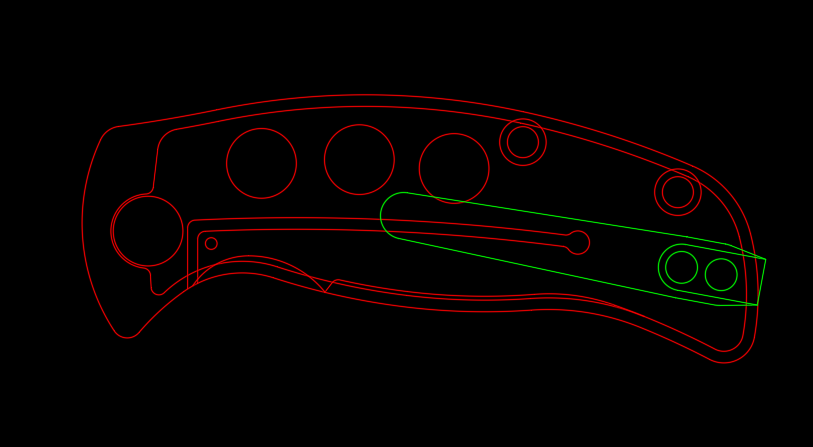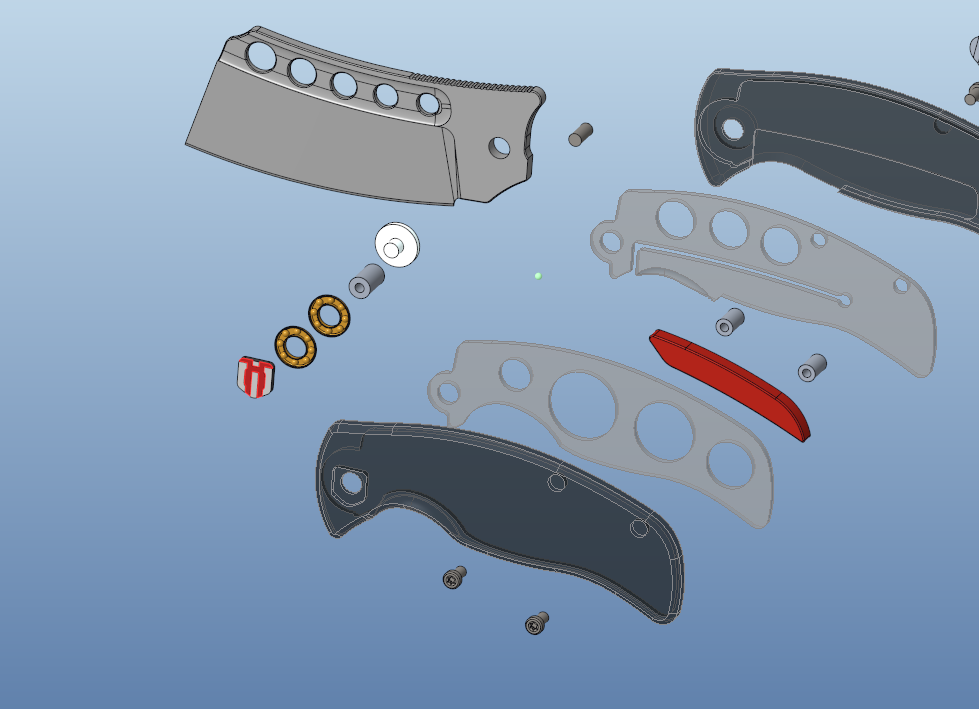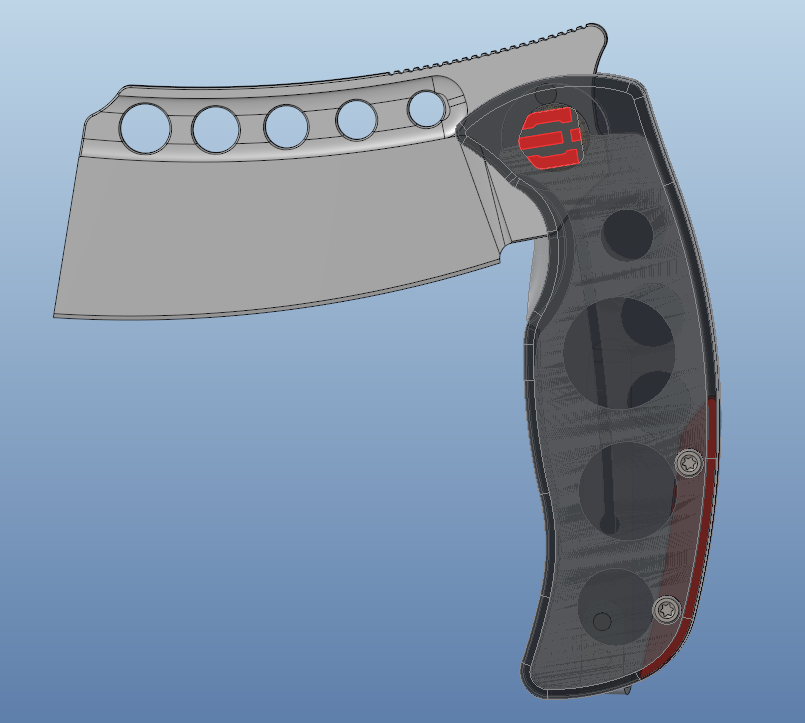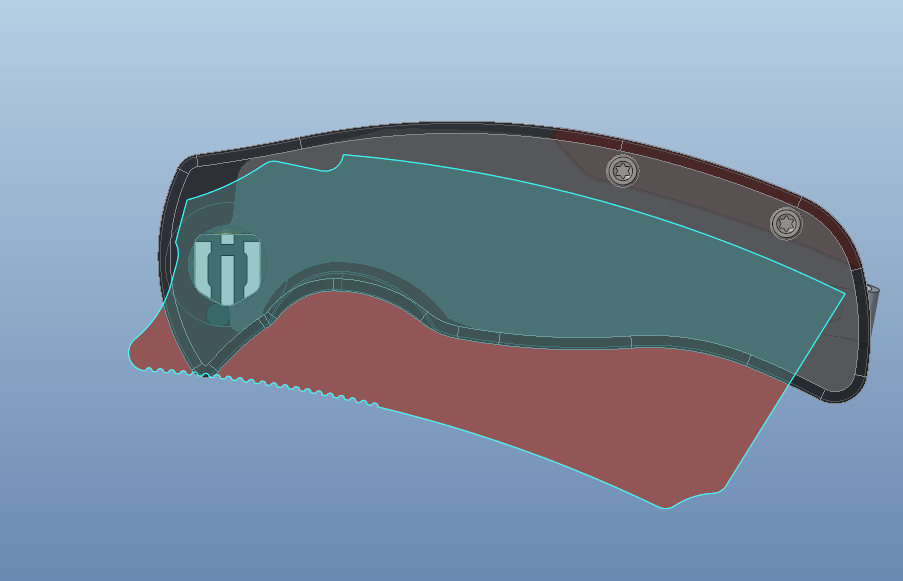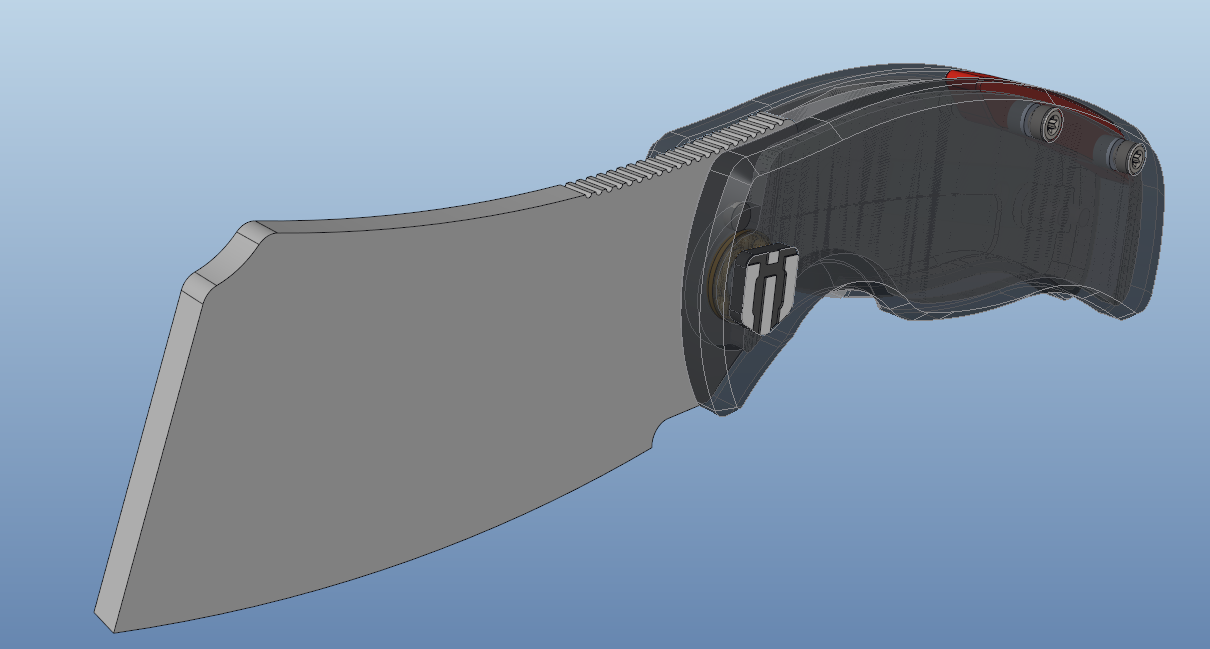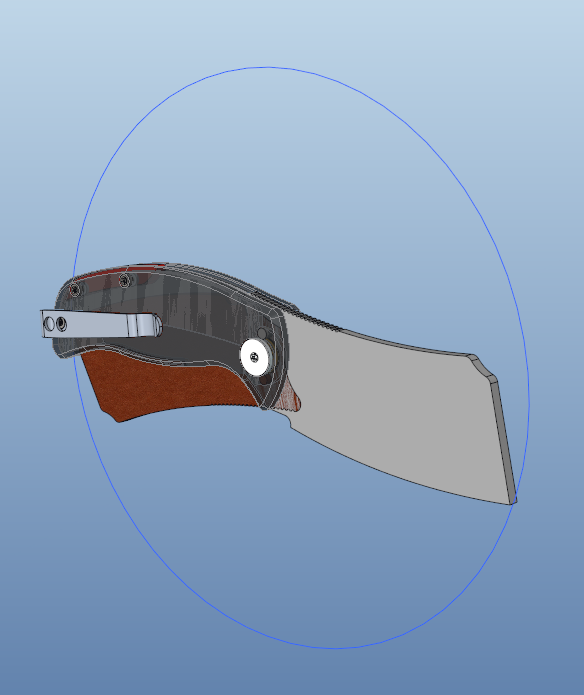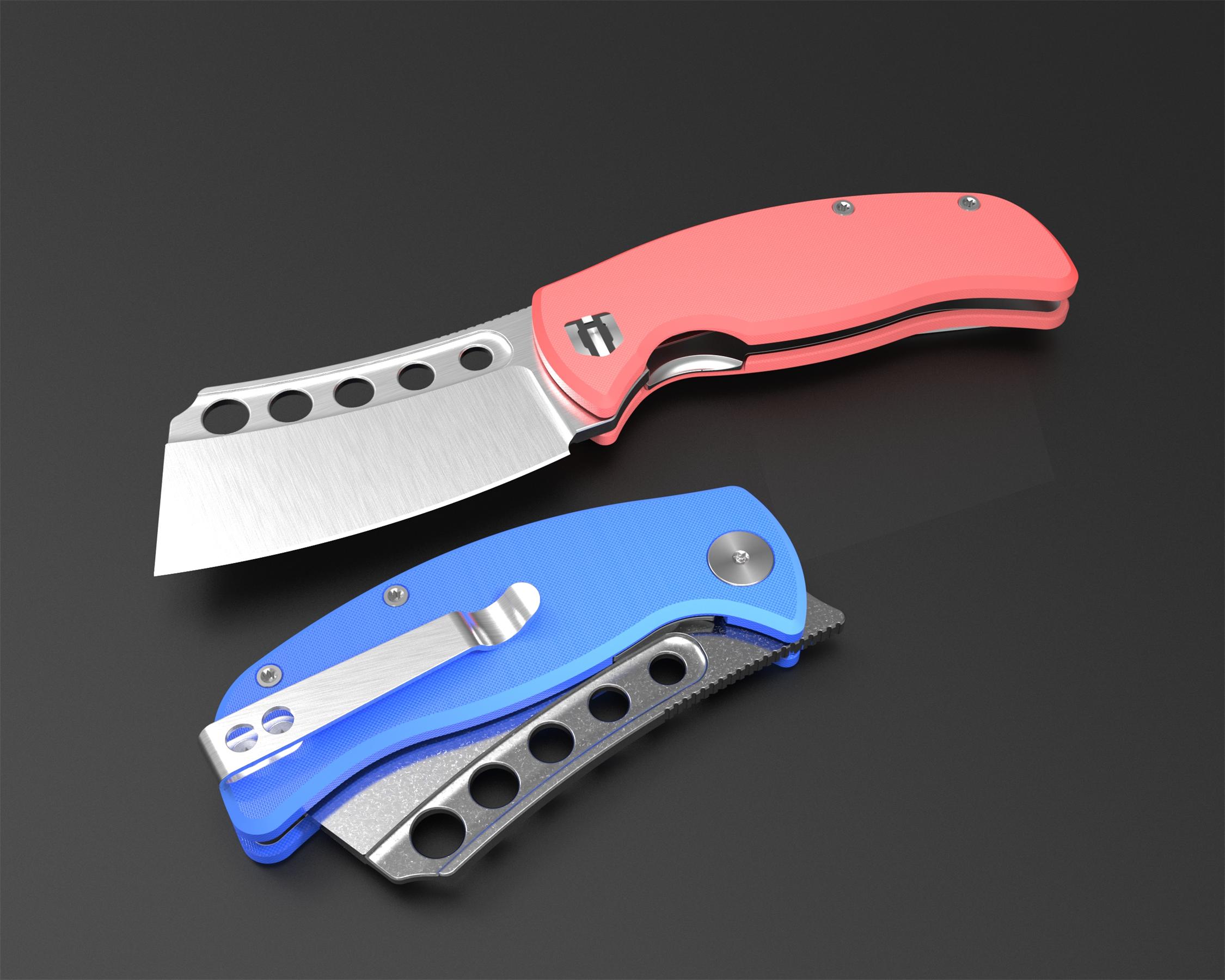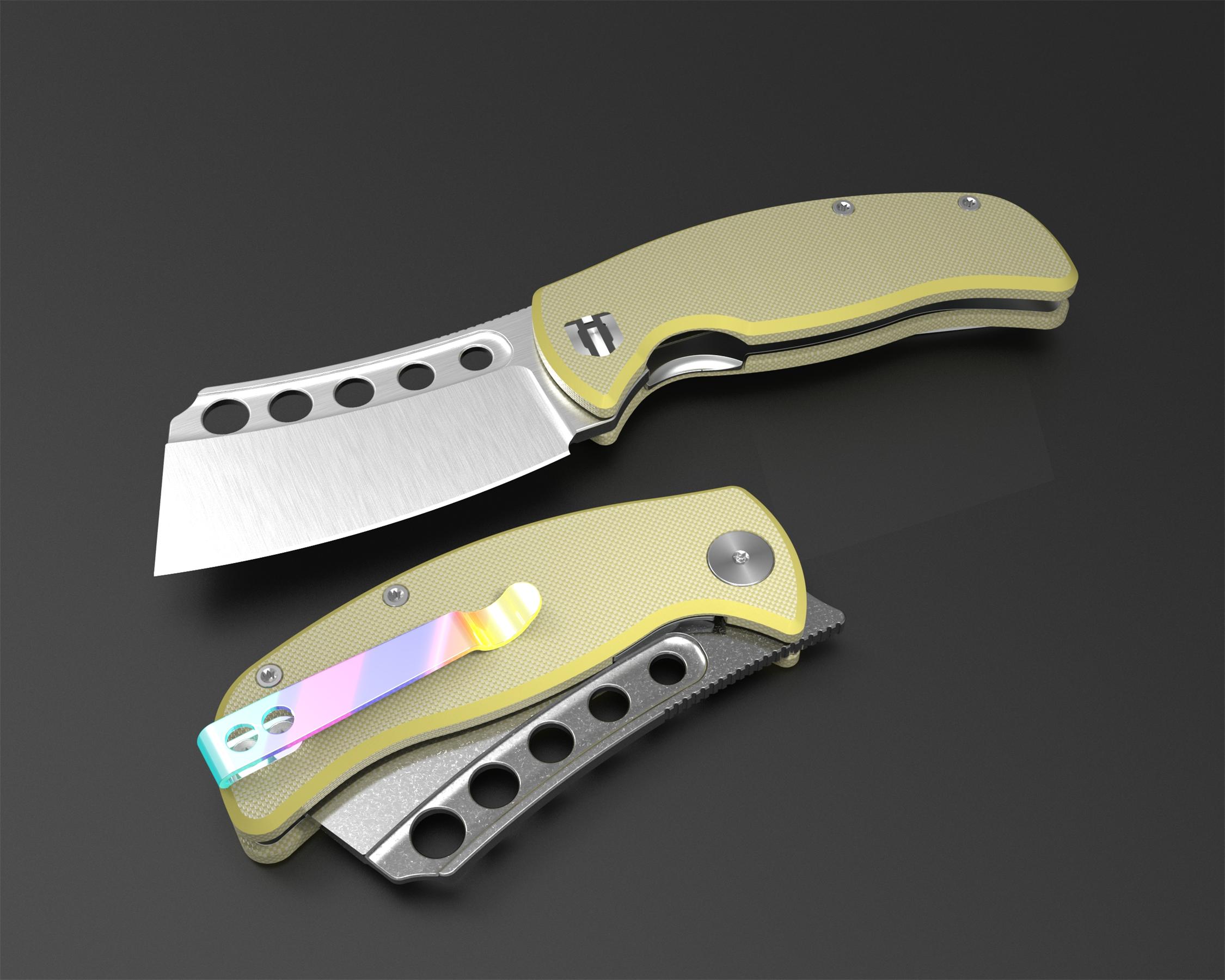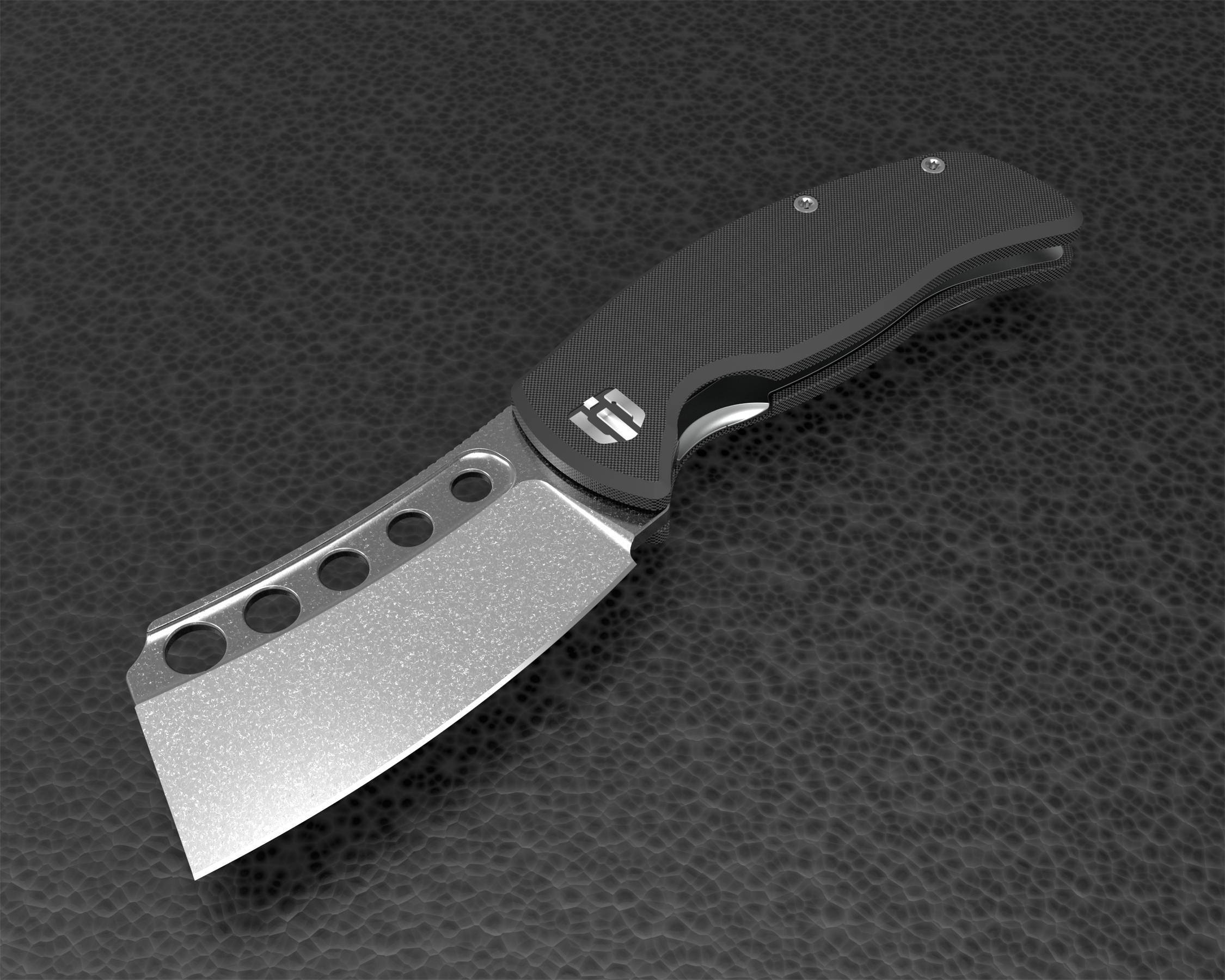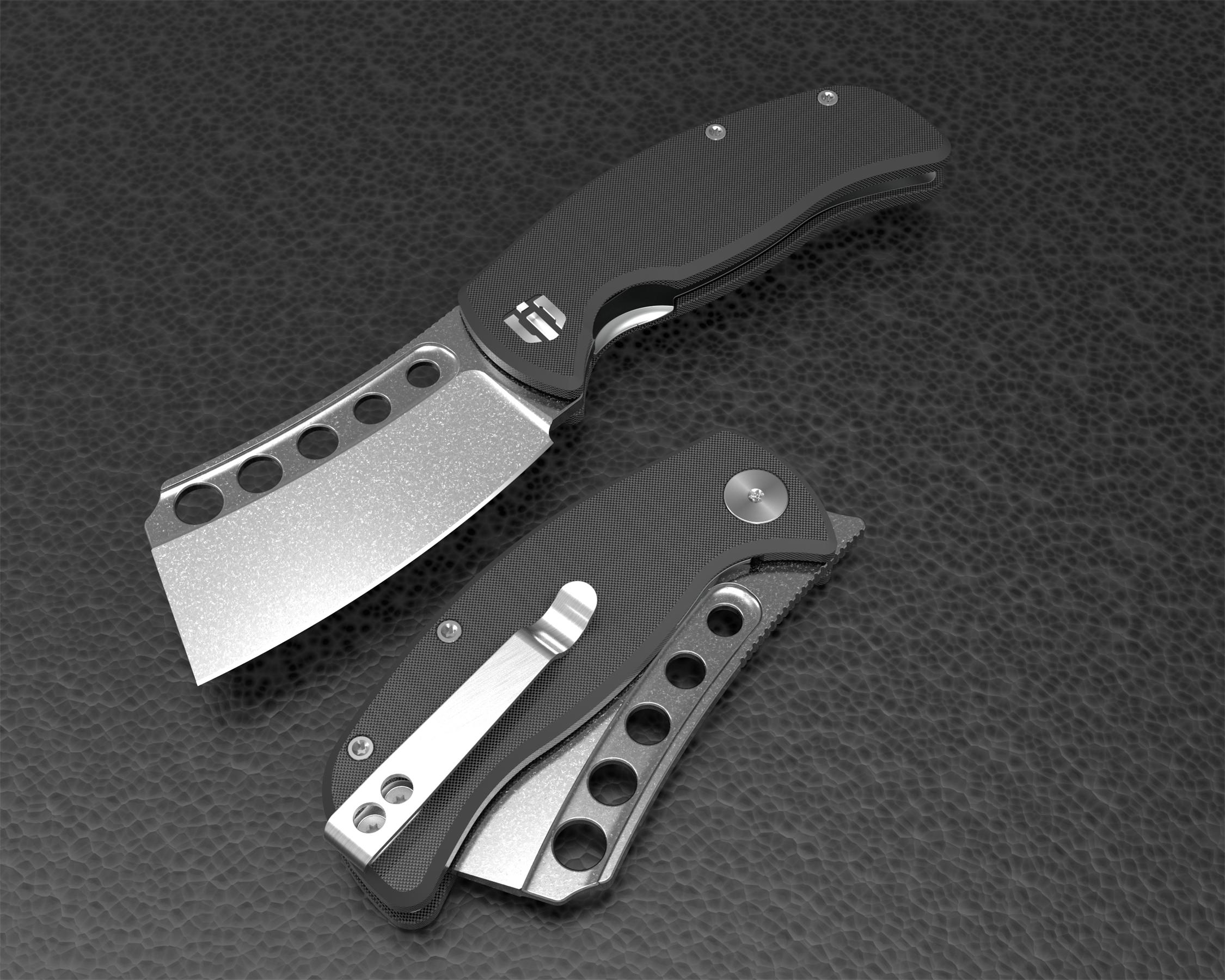Em o mundo das facas, a collaboration between designers and manufacturers often results in extraordinary creations that push the boundaries of functionality and design.
One such collaboration has brought forth the Shieldon Gambit EDC Knife, a testament to the fusion of talent, expertise, and unwavering dedication.
The brainchild of Shieldon, a rising brand in the knife market, and renowned designer Dirk Pinkerton, the Gambit embodies the culmination of months of meticulous planning, discussions, and refinements.
This article delves into the journey of the Shieldon Gambit, exploring the remarkable features, design decisions, and the underlying philosophy that guided the collaborative process.
Join us as we uncover the story behind this exceptional EDC knife, poised to captivate knife enthusiasts and collectors alike with its innovative design and undeniable allure.
Behind the Scenes Manufacturing Story of DP01 Blacksmith Gambit
Dirk Pinketon’s Knife Inspiration: Converting Everyday Objects into Innovative Blades
In the early stages of their partnership, Dirk Pinkerton inquired about the type of knife they could collaborate on.
Despite not having any prepared drafts, Dirk possessed a remarkable ability to transform anything he saw into a knife concept.
He shared anecdotes about his inventive process, revealing that he once derived inspiration from a large crab leg, leading to the creation of a new model.
Another instance involved a TV diet program where a chef skillfully wielded a Chinese kitchen cleaver to separate ham.
Dirk’s aspiration was to adapt this kitchen cleaver into an everyday carry (EDC) knife for Shieldon.
The Birth of the Gambit: Collaborative Design Process and Innovation
During the collaborative design process, Dirk Pinketon’s ideas were often fleeting, necessitating joint efforts to solidify them.
One such idea that caught his attention was an EDC cleaver. Engaging in extensive discussions, the team ultimately decided to incorporate a front flipper tab on the blade, as no front flipper EDC cleaver had been introduced to the market thus far.
Carefully considering the appropriate dimensions for the handle and blade, they discovered that it perfectly aligned with the overall design specifications.
As a result, the Gambit came into existence through this iterative and collaborative approach.
Innovative Design Elements: Enhancing the Knife’s Appeal
In their quest to create a truly remarkable knife, the team felt the need to incorporate something special.
However, they initially lacked a concrete idea.
Seeking inspiration, one team member posed the question to their teammates, “What can we do to make this knife truly attractive?”
The suggestion of adding a hole in the blade was put forth. While the idea was agreed upon, it was still deemed insufficient to achieve the desired level of appeal.
Brainstorming further, someone proposed the notion of adding multiple holes, resembling rings of varying sizes.
Excitement grew as the Shieldon team unanimously agreed, exclaiming, “Let’s give it a try!”
Consequently, the discussion concluded with the decision to create five rings, gradually decreasing in size, positioned at the top of the blade. This innovative design element aimed to elevate the knife’s visual allure.
Balancing Functionality and Ergonomics: The Design of the Jiming Knife
Incorporating an open mechanism with a front flipper tab, the jimping became an essential element on the blade spine.
To ensure a practical everyday carry (EDC) knife, it was imperative to strike the right balance in size.
While the design aimed to evoke the essence of a cleaver, it was crucial not to create a blade that was excessively large.
The handle, measuring a compact 52mm/2.04″, was intentionally crafted to provide a comfortable grip that could be securely held in the palm.
Doubts arose about the knife’s size, prompting the team to consult Dirk for his input.
However, he adamantly asserted that this size was perfect, dismissing the notion of making it slightly larger.
This deliberate decision aimed to optimize both functionality and ergonomics in the final design of the Jimping knife.
Features and Versatility: The Gambit Knife’s Unique Design
One of the notable features that set the Gambit apart is the absence of a corner on the blade.
This deliberate design choice serves a specific purpose – providing a designated spot for the index finger, thereby transforming the knife into a carving tool.
Achieving the perfect angle for comfortable finger placement required thorough testing and the utilization of 3D printing technology.
After several iterations, the team successfully determined the optimal angle, ensuring a comfortable and ergonomic carving function. This exceptional carving capability adds a captivating allure to the Gambit, appealing to collectors and enthusiasts alike.
Furthermore, the Gambit showcases its versatility through the distinctive 5-ring hole design.
Each ring represents a specific function of the knife: cutting, chopping, slicing, cleaving, and carving.
This multifunctional aspect further enhances the knife’s appeal, making it a truly versatile tool for various culinary tasks.
The combination of the 5-ring hole and the carving function adds a touch of ingenuity to the Gambit’s design, elevating its desirability among knife enthusiasts and collectors.
The Gambit Takes Shape: Collaboration and Dirk Pinkerton’s Design Philosophy
After a series of meticulous operations and design iterations, the Gambit began to take its embryonic form.
Excited to share their progress, the Shieldon team presented their work to Dirk, who expressed deep appreciation for their efforts.
Dirk confessed that during the initial drafting phase, he didn’t contemplate as extensively as the team did to transform the concept into a modern and captivating model, capable of captivating customers in the market.
The resulting knife boasted a zygomorphic and ergonomic design, exemplifying why Dirk Pinkerton had gained such prominence in the knife community.
It became clear to the team why Dirk’s designs commanded admiration.
At their core, his designs upheld the fundamental belief that a knife should possess bilateral symmetry and offer the utmost comfort in its grip.
This foundation, combined with the team’s dedication and refinement, brought the Gambit to life as a visually appealing and ergonomically sound creation.
Dirk Pinkerton: A Masterful Visionary and Design Perfectionist
When it comes to the manufacturing process, Dirk Pinkerton remains unconcerned about the specific additions or adjustments made, as long as they do not alter the core essence of the knife’s appearance.
This unwavering commitment to preserving the original design showcases Dirk’s meticulous attention to detail and his status as a true master of his craft.
In fact, Dirk’s appreciation for a knife grows with the incorporation of additional elements or unique characteristics, as long as they align with the initial design.
This distinctive trait sets him apart and highlights his discerning eye for aesthetics and functionality.
The ability to appreciate and embrace various elements without straying from the essence of the original design is a testament to Dirk’s mastery in the field of knife-making.
With an unwavering dedication to his craft and a commitment to maintaining the integrity of the initial vision, Dirk Pinkerton stands as a true visionary and a revered figure in the world of knife design.
Streamlined Internal Structure and Standardization: Enhancing Efficiency at Shieldon
The Shieldon team embarked on the task of creating the internal structure of the knife, aiming to optimize efficiency and productivity.
When it came to sourcing screws, pivots, ball bearings, and liners, they relied on standardized materials and sizes, allowing them to quickly locate the required accessories.
This streamlined approach to coordinating components exemplified the essence of a well-established brand.
At Shieldon, a comprehensive set of criteria was developed for all components, enabling seamless integration into every custom design.
This standardized operating procedure (SOP) not only increased productivity but also reduced labor requirements. While each model possessed its own distinct profile, the team firmly believed in maintaining a consistent core across all designs.
By adhering to this approach, Shieldon ensured that the internal structure of their knives remained efficient and reliable.
The commitment to standardization and maintaining a common core fostered consistency and facilitated smoother manufacturing processes, ultimately contributing to the brand’s success.
Simplified Weight Reduction: The Benefits of Circle Pattern Skeletonized Handles
Skeletonized handles have become a popular method for reducing weight in facas dobráveis.
This approach is widely adopted and standardized in the knife industry, involving the removal of metal portions from the liners in a circular pattern.
But why circles and not other shapes? The reasons are straightforward.
Firstly, a circle offers the largest area for the same length (diameter) compared to other shapes.
This maximizes the weight reduction potential without compromising structural integrity.
Secondly, circles have smooth edges without any sharp protrusions, ensuring user safety. There is no risk of snagging or causing harm while handling the knife.
Lastly, circles are widely utilized across various industries, which means factories typically have a range of circle-shaped tools readily available.
This eliminates the need to explore alternative shapes for skeletonizing the liners, streamlining the production process.
By utilizing circle patterns for skeletonized handles, knife manufacturers can effectively reduce weight without compromising on functionality or safety.
This simple and standardized approach has proven to be efficient and practical within the knife industry.
Minimal Modifications to the Folding Knife Structure
When a folding knife is closed, the blade is neatly nestled within the handle, as mentioned earlier.
Dirk’s design demonstrates remarkable efficiency and functionality in the overall structure, requiring minimal adjustments.
Shieldon experts found that the design was already well-suited and didn’t necessitate significant modifications.
Their focus primarily revolved around ensuring a smooth and seamless operation of the front flipper tab, which serves as the opening mechanism.
To achieve this, the experts made slight adjustments to the front flipper tab, fine-tuning its functionality to guarantee a smooth and effortless opening of the knife.
The team recognized that Dirk’s initial design encompassed a balance of form and function, requiring only minor tweaks to enhance the knife’s usability.
By prioritizing smooth operation and making subtle adjustments, they preserved the integrity of the original structure while optimizing the folding knife’s user experience.
Shieldon’s Pursuit of Collaboration with Dirk Pinkerton
Throughout 2022, Shieldon made several attempts to contact Dirk Pinkerton, but unfortunately, he was preoccupied with his numerous tasks and exhibition commitments.
Despite the initial setbacks, Shieldon remained steadfast in their belief that good things are worth waiting for.
Undeterred, they continued to reach out to Dirk via email, holding onto the hope of finding an opportunity to connect and discuss a potential royalty model based on honor and integrity.
Shieldon’s unwavering patience and persistence exemplify their commitment to fostering a meaningful collaboration with Dirk.
Recognizing his expertise and the value he could bring to their partnership, they were determined to explore avenues for cooperation.
Their dedication to maintaining open lines of communication and their unwavering belief in the significance of their shared vision drove them to persevere, eagerly awaiting the chance to connect with Dirk and embark on a mutually beneficial journey together.
A Long-Awaited Encounter: Shieldon’s Connection with Dirk Pinkerton
After a patient wait of nearly half a year, Shieldon finally established contact with Dirk Pinkerton, a renowned figure in the knife industry.
Expressing their deep respect for his expertise, the team emphasized the importance of unique designs for Shieldon as a new brand seeking to compete in the competitive knife market.
They also expressed their eagerness to learn from Dirk’s wealth of knowledge as a professional knife expert.
Contrary to their initial perception, Dirk proved to be approachable and kind-hearted, shattering the cool and distant image they had imagined.
He willingly shared his insights on what constitutes an exceptional knife, generously imparting his wisdom to the team.
The timing of their connection proved serendipitous, as the Gambito Shieldon came to fruition through their collaboration with Dirk.
Had their conversation occurred earlier or later, the model would have undoubtedly transformed into an entirely different type.
Dirk’s creative process is driven by intuition and inspiration, resulting in a diverse array of knife designs.
For Shieldon, every opportunity to collaborate with Dirk holds immense value. They cherish the chance to explore and create distinct knife models under his guidance, appreciating the unique perspective and expertise he brings to the table.
This encounter with Dirk Pinkerton marks a significant milestone for Shieldon, one that has opened doors to a world of endless possibilities in their pursuit of differentiating themselves in the knife market.
Colors and Customer Appeal: Exploring Variations Beyond Dirk Pinkerton’s Preferences
Although Dirk Pinkerton’s favorite colors are black and red, Shieldon decided to render the model with different colors.
This decision was based on the observation that black or red alone lacked surface attraction for customers. They sought to introduce vibrant and eye-catching colors to enhance visual appeal.
Dirk, however, expressed his preference for sticking to black and red, highlighting their consistent popularity in the industry. He believed that these colors have a proven track record of selling well.
His suggestion was to start with the black version and, if successful, consider introducing other colors in the future.
While Dirk’s input was valued, Shieldon aimed to experiment and explore additional color options to cater to a wider customer base.
By diversifying the color range, they hoped to capture attention and generate increased interest in the product.
The decision to deviate from Dirk’s preferred colors was a strategic move to adapt to evolving market preferences and maximize customer appeal.
Exploring Style with Deep Carry Pocket Clip: A Clash of Preferences
In addition to the handle color, Shieldon desired to add a unique touch to the deep carry pocket clip.
They opted for a challenging rainbow titanium coating, envisioning a fashionable statement when only the clip is visible outside the pocket.
However, Dirk leaned towards a simpler stonewash finish, considering the rainbow coating unnecessary.
Respecting the perspective of the knife designer, Shieldon acknowledged Dirk’s preference, showcasing his low-profile nature.
While the team saw the potential for a striking visual impact with the rainbow coating, they deferred to Dirk’s expertise and accepted his stance.
This divergence of opinions highlighted the clash between innovative style and minimalist design.
Ultimately, the decision underscored Dirk’s influence and the team’s recognition of his authority as a respected knife designer.
Dirk Pinkerton’s Favorite Black G10 Handle
Returning to the black G10 handle, Shieldon observed that it remained Dirk’s preferred aesthetic choice.
They speculated that black’s versatility in complementing various clothing styles made it a popular option.
Additionally, they believed Dirk’s inclination towards black stemmed from his saturnine nature, finding solace in the dark hue. Moreover, they noted that Western individuals generally gravitate towards black handles.
After deliberation, Shieldon and Dirk reached a consensus on the final drawing and rendering images, solidifying their shared vision for the knife.
The black G10 handle epitomized the simplicity and timeless elegance that Dirk admired, aligning with their collaborative efforts to create a design that resonated with both their sensibilities.
Embracing Practicality and Future Potential: Stonewash Finish on Blade and Pocket Clip
Shieldon’s designer strongly favors a stonewash finish on both the blade and pocket clip. They believe that black is an easily marketable color, providing ample room for future improvements and variations.
This versatility allows for the exploration of different colors, blade finishes, larger sizes, and premium materials in subsequent productions.
The decision to opt for a stonewash finish aligns with Shieldon’s strategy of mitigating risks and controlling costs associated with the production of the Shieldon Gambit EDC knife.
By collaborating with a new designer, they have chosen a secure approach to ensure a successful outcome.
They eagerly anticipate the complete production of the knife in six months, eagerly awaiting the feedback and comments from reviewers who will have the opportunity to carry and test it.
Shieldon’s expectations for Gambit are high, as they envision a blend of practicality and future potential.
They anticipate the knife’s performance, design, and overall quality to garner positive feedback and generate excitement among users and reviewers alike.
Clique para ter mais Shieldon OEM EDC knives e ferramentas divertidas.

